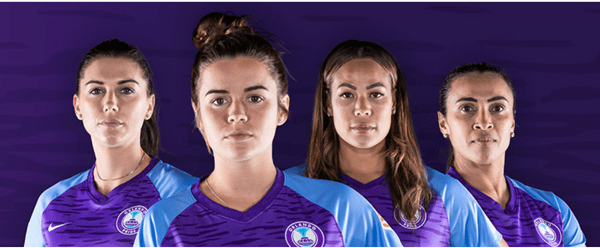What Are the Most Common Injuries for Pro and Amateur Golfers? (And How to Recover)
About 25 million people in the U.S. play golf, making it one of the country’s most popular sports.
Whether they are amateurs or professionals, these golfers can face injuries as a result of poor mechanics or constant play. Florida is one of the meccas for golf in the U.S., so area hospitals have treated many athletes at all levels of the sport.
Although you’ve probably heard of golfer’s elbow — a common injury to the inner part of the elbow — there are several other injuries golfers may experience.
Injuries to Watch for
Most golf injuries are the result of overuse, which occurs when players perform an action repeatedly over a long period of time. In fact, overuse causes around 44 percent of all reported golf injuries in youth golfers.
In the past, youth athletes played a multitude of different sports, but the increased desire to perform at a high level and achieve success in one sport has led to increased injury risk as the result of overuse. Single sport specialization can put a significant amount of stress on the same muscle and the same joints, and long-term overuse can ultimately lead to injury.
Different sports have a different exposure risk for injuries. While professional and amateur golfers both can get hurt during play, these groups may experience different injuries because of how they play the sport.
Professional golfers are more likely to have back injuries, followed by injuries to the wrist or shoulder. Amateur golfers are more likely to experience elbow injuries, followed by back and shoulder injuries. Professional golfers are more likely to have improved swing mechanics, but overuse can still result in injury. Amateur golfers may have poorer swing mechanics and “swing with their arms” too much, which may increase the risk for upper-extremity injuries. In addition, amateur golfers may often carry their own heavy bags, which may result in increased risk of back pain.
Treatment for Golf Injuries
Treating golf injuries, whether in the pros or amateur golfer, depends on the nature of the injury.
First, it’s important to identify the root cause of the problem. Back pain, for example, is a common ailment — even outside the sport. About 75 percent to 78 percent of Americans will experience back pain in their lifetime, but for golfers this may be higher because there’s a lot of rotational stress on the swing, which puts terrible pressure on the spine and back. Four to five hours in a bent over stance and doing a repeated motion also puts stress on the lower back, so we look at all these correctable factors first before we finalize a treatment plan.
It’s also important to evaluate a player’s mechanics, which can affect their injury risk as well as their scoring average. Many amateur players carry big bags. This activity can put a lot of stress on the muscles and joints, including the back, and may lead to injury in this group of players.
Whether a player is a professional or amateur, typically the first and best treatment is conservative and may include physical therapy and nonsteroidal anti-inflammatory drugs. Rest also is critical for an injured golfer. In fact, golfers who keep trying to play through pain and don’t give their body enough adequate rest might pre-expose themselves to overuse and further injury.
Return to Play
When treating professional and amateur golfers, the goal is to treat them without surgery, if possible. This often can result in the quickest and most-effective return to play. Alternative therapies and individualized care also may work for some. But sometimes — whether it’s the injury itself, the fact that the person will be prone to long-term damage if it isn’t addressed or because over time non-surgical management isn’t effective — surgery may become the best option.
To accomplish high quality-medical care, it can take the combined effort of many, including orthopedic sports medicine physicians, primary sports medicine physicians, physical therapists, athletic trainers, strength and conditioning coaches, fitness coaches and nutritionists. By providing a cohesive level of care, the right medical team can help athletes get back to playing the sport they love as soon as possible and keep competing at the highest level for years to come.
Sports Medicine
Our sports medicine and orthopedic physicians, surgeons, physical therapists, physiotherapists, pain management specialists and other clinicians work together as an integrated team. We use the most up-to-date diagnostic tools to evaluate your condition and specialize in minimally invasive arthroscopic techniques and newly developed treatments to minimize your pain and recovery time.
Learn More




